2018 Vol. 31, No. 3
2018, 31(3): 171-185.
doi: 10.3967/bes2018.023
2018, 31(3): 186-196.
doi: 10.3967/bes2018.024
2018, 31(3): 197-207.
doi: 10.3967/bes2018.025
2018, 31(3): 208-214.
doi: 10.3967/bes2018.026
2018, 31(3): 215-226.
doi: 10.3967/bes2018.027
2018, 31(3): 227-232.
doi: 10.3967/bes2018.028
Japanese encephalitis (JE) is a serious public health issue. This study was undertaken to better understand the relationship between JE distribution and environmental factors in China. JE data from 2005 to 2010 were retrieved from National Notifiable Disease Report System. ArcGIS, remote sensing techniques, and R software was used to exhibit and explore the relationship between JE distribution and environmental factors. Our results indicated that JE cases were mostly concentrated in warm-temperate, semitropical and tropical zones with annual precipitation > 400 mm; Broad-leaved evergreen forest, shrubs, paddy field, irrigated land, dryland, evergreen coniferous forest, and shrubland were risk factors for JE occurrence, and the former five were risk factors for counties with high JE incidence. These findings will inform the effective allocation of limited health resources such as intensive vaccination, surveillance and training in areas with high environmental risk factors.
2018, 31(3): 233-237.
doi: 10.3967/bes2018.029
The carriage rate and serotype distribution of Streptococcus pneumoniae (S. pneumoniae) in a healthy population in China remains unclear. In this study, we collected the oropharyngeal swabs from 513 individuals in Xinjiang, China. Real-time PCR targeting the lytA gene and 12 serotypes were assessed to identify S. pneumoniae carriage. The total carriage rate of S. pneumoniae was 70.4% (361/513). The most prevalent serotypes were 19B/F, 18B/C, 5, and 6A/B. The highest carriage rate of S. pneumoniae was noted in children aged 6-10 years (88.6%), which merits further attention. The co-colonization rate of two or more S. pneumoniae serotypes was 79.8% (264/331). This study aimed to investigate the baseline pneumococcal carriage rate among healthy individuals in China to improve our understanding of the epidemiology of S. pneumoniae.
2018, 31(3): 238-241.
doi: 10.3967/bes2018.030
This study was conducted to define the taxonomic status of Spermophilus in the plague area of Dingbian County in Shaanxi Province, China, through the two-factor variance analysis of morphological characteristics, DNA barcoding, and chromosome karyotype analysis. The Spermophilus samples collected from Dingbian and Zhengxiang Baiqi Counties exhibited significant differences in their morphological measurements. All Spermophilus samples form two distinct branches in neighbor-joining (NJ) tree. One branch included the Spermophilus samples collected from Inner Mongolia, and the other branch included samples collected from the plague foci of Shaanxi Province and the Ningxia Region. The Spermophilus samples collected from Dingbian County had a chromosome number of 2n = 38 in 84.40% of all their cells. The Spermophilus species collected from the plague area of Dingbian County was categorized as Spermophilus alashanicus (S.alashamicus). The findings reported in this study are epidemiologically significant for monitoring plague in this region of west-central China.
2018, 31(3): 242-246.
doi: 10.3967/bes2018.031
A case-control study was conducted to investigate associations between organophosphate pesticide (OP) exposure, aggression, impulsivity, and attempted suicide. Questionnaires were used to collect information; impulsivity and aggression were measured by the Barratt Impulsivity Scale (BIS) and the Aggression Inventory (AI). A greater number of OP symptoms was associated with an increased odds of a suicide attempt after adjusting for marital status and income (OR = 1.45; CI 1.14-1.86). Attempted suicide was significantly associated with high impulsivity scores (means: 72.4 vs. 60.6, P < 0.0001) and high aggression scores (means: 38.5 vs. 26.1, P < 0.0001). Suicide attempters had a higher number of OP exposure symptoms than controls and scored higher on scales of impulsivity and aggression.
2018, 31(3): 247-251.
doi: 10.3967/bes2018.032
This study investigated the effects of N-acetylcysteine (NAC) and ascorbic acid (AA) on hemin-induced K562 cell erythroid differentiation and the role of reactive oxygen species (ROS) in this process. Hemin increased ROS levels in a concentration-dependent manner, whereas NAC and AA had opposite effects. Both NAC and AA eliminated transient increased ROS levels after hemin treatment, inhibited hemin-induced hemoglobin synthesis, and decreased mRNA expression levels of β-globin, γ-globin, and GATA-1 genes significantly. Pretreatment with 5, 000 μmol/L AA for 2 h resulted in a considerably lower inhibition ratio of hemoglobin synthesis than that when pretreated for 24 h, whereas the ROS levels were the lowest when treated with 5, 000 μmol/L AA for 2 h. These results show that NAC and AA might inhibit hemin-induced K562 cell erythroid differentiation by downregulating ROS levels.







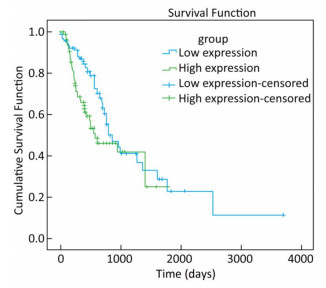
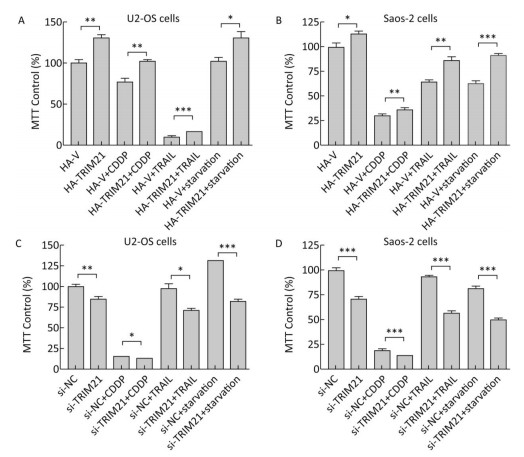
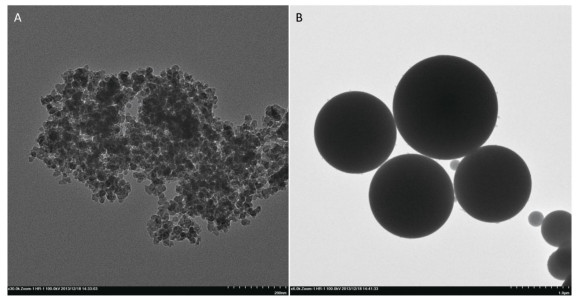
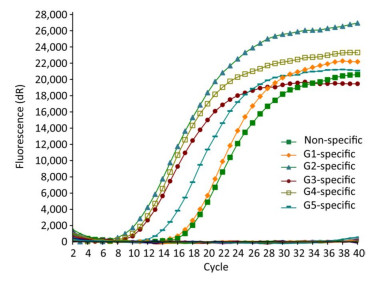
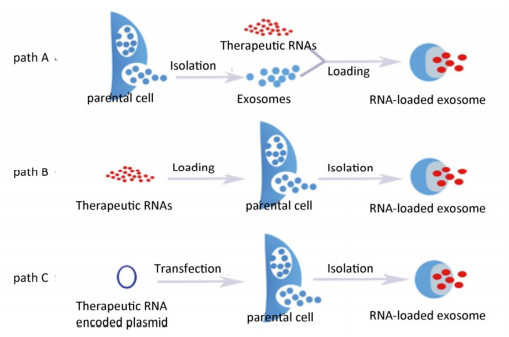
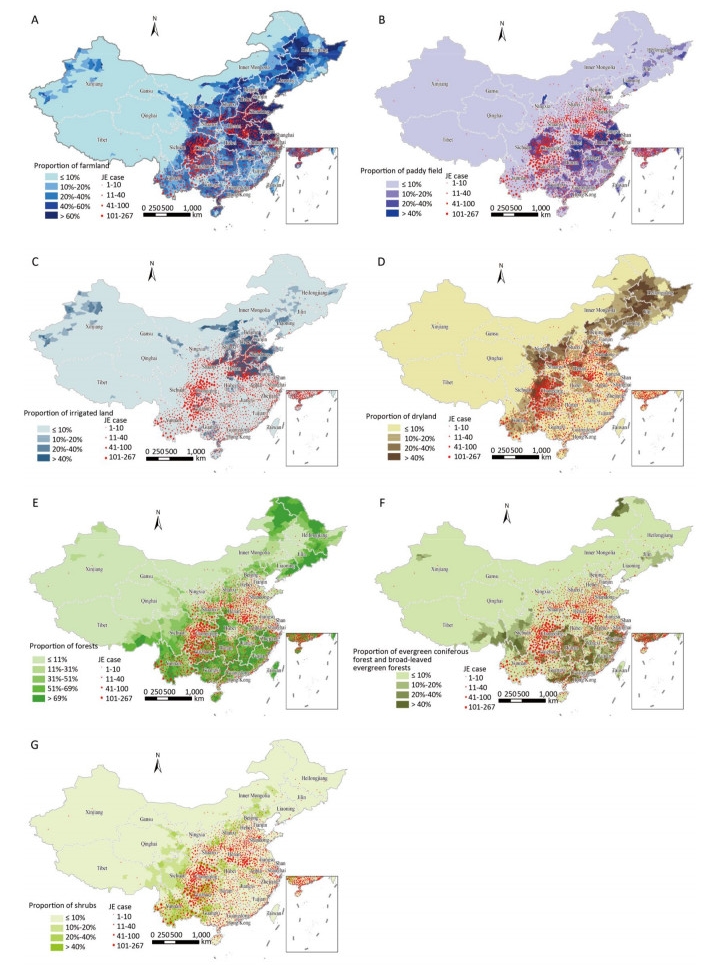
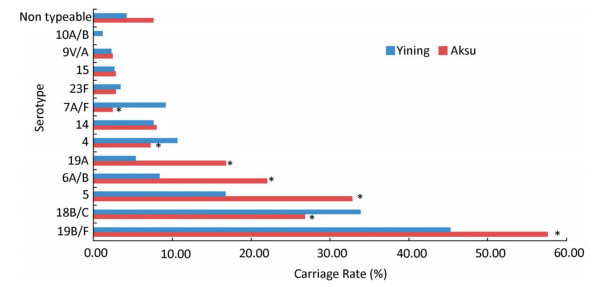
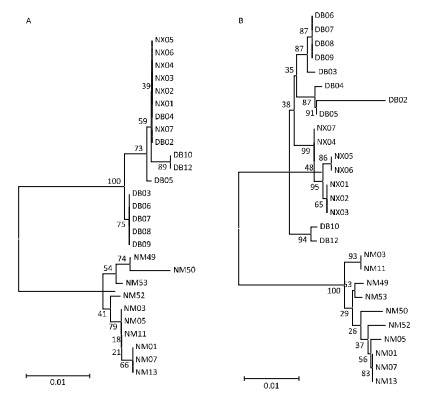
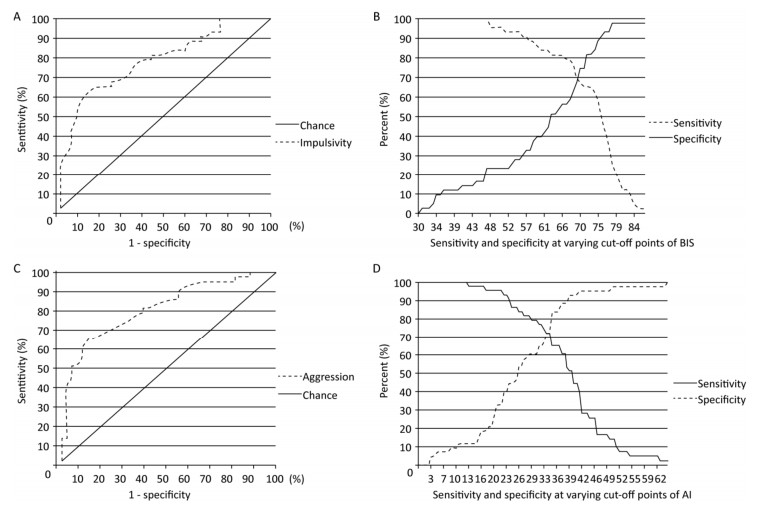
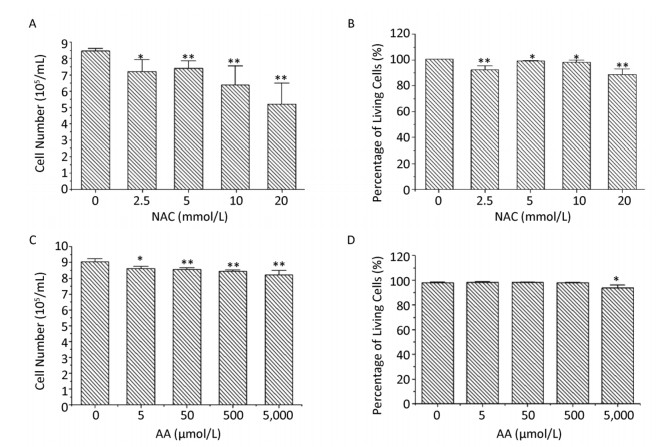
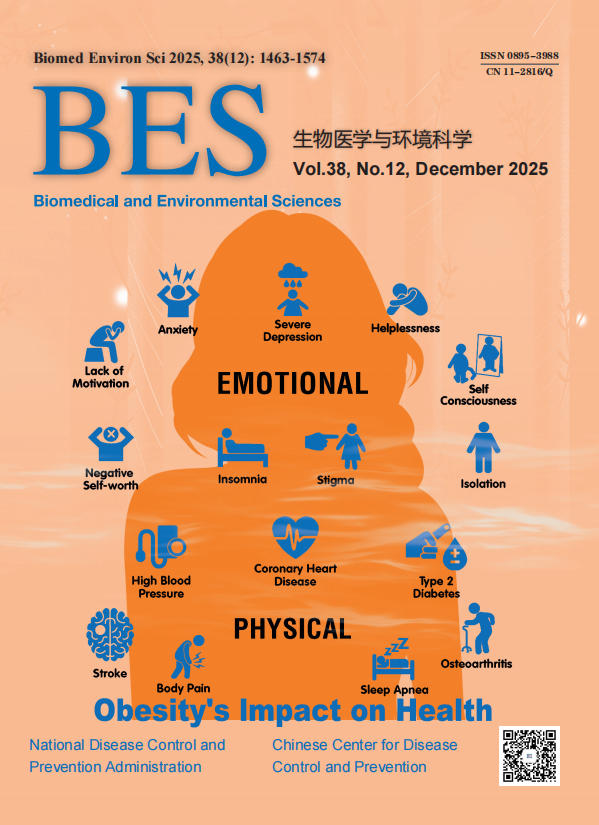












 Quick Links
Quick Links